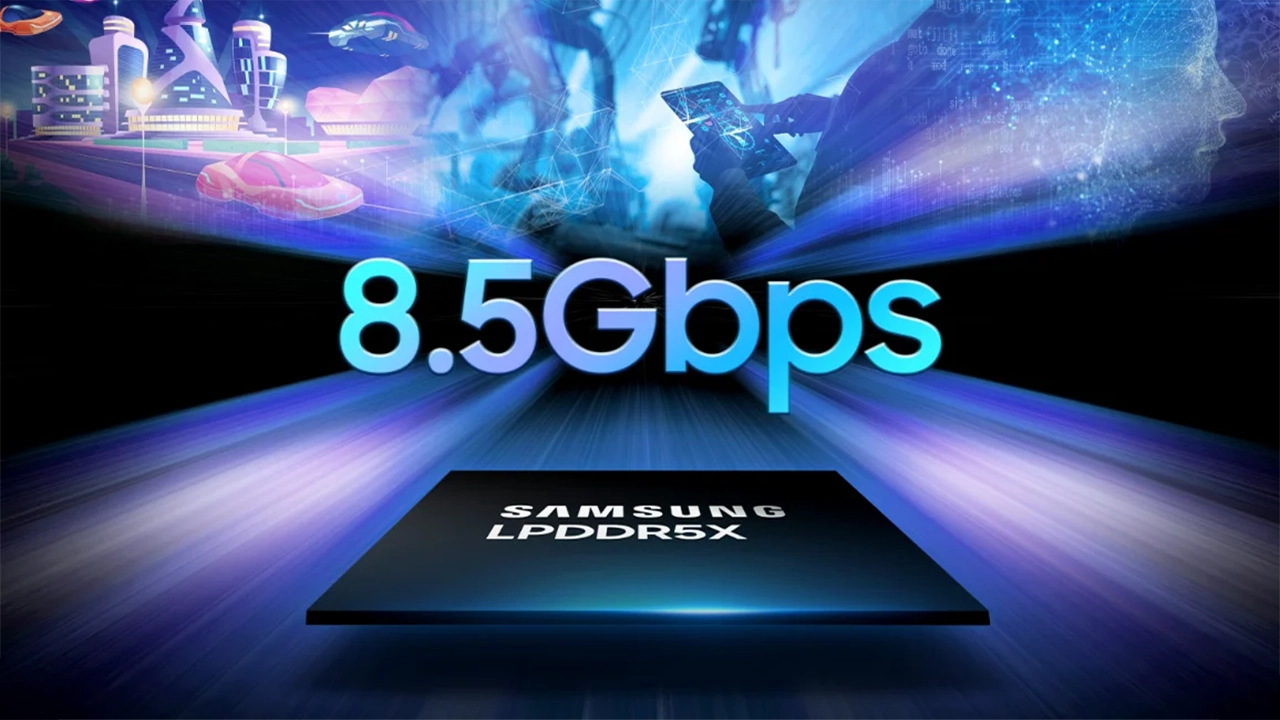
Intel plans to integrate Samsung’s LPDDR5X into Lunar Lake CPUs via 3D packaging
Samsung Electronics i Intel have long competed for the top spot in the fierce global semiconductor IDM market, and a fierce battle for orders and rankings has begun with Intel’s return to the market in this segment. The widespread adoption of chiplet technology is clearly a great opportunity for Samsung and Intel, which are struggling to catch up with TSMC.
Looking at the semiconductor ecosystem that includes memory and system semiconductor equipment, Samsung and Intel have a relationship of both cooperation and competition. With recent advances in semiconductor packaging technology, according to South Korean media reports, Samsung and Intel are expected to once again achieve “win-win” cooperation, reports DigiTimes.
Seoul Economy cites industry sources as saying that Intel plans to release its Lunar Lake NB central processing unit (CPU) by the end of 2024, which will use 3D packaging of “Foveros” technology to integrate Samsung’s LPDDR5X memory. 3D packaging technology has attracted industry attention because it improves spatial efficiency by vertically stacking chips and is expected to exchange signals between semiconductors much faster.
Intel and Samsung are strengthening ties in other segments as well
Integrating the memory with the chipset via packaging speeds up signal transfer between semiconductors; if the memory is located off-chip, the access “circle” is longer, which can slow down the speed. In addition, the CPU, graphics processing unit (GPU) and neural network processing unit (NPU) access the same information each time, and the same task is executed multiple times. When the memory is integrated internally, it is possible to transfer information faster. The CPU, GPU and NPU can also share information, overcoming the problem of memory limitations.
When memory and system semiconductors become “one”, collaboration between each manufacturer becomes more important than the design phase. In today’s computers, as long as the CPU supports it, it doesn’t matter what type of memory is installed. However, the trend of integrating CPU and memory is becoming more and more obvious.
 Samsung
SamsungPreviously, it was common for NBs and smartphones to use different DRAMs, but in the future, they may only use optimized memory from the initial design stage. For example, Nvidia GPUs exclusively use SK Hynix’s HBM3. Although Samsung and Intel are competitors in the foundry industry, these two companies have already worked closely together, and insiders suggest that they will collaborate again with the NB chipset, indicating that the two companies are getting closer as “blood brothers” rather than “enemies”.
The Galaxy Book plays an important role in Samsung’s mobile artificial intelligence (AI) ecosystem. At the recent CES 2024, Intel’s Lunar Lake was presented for the occasion to show the implementation in Samsung’s Galaxy Book, NB which uses Intel’s chipset, stating that the subject of the collaboration between Intel and Samsung will show exceptional performance. Korean media analysts have indicated that, perhaps contrary to market expectations, with Inte’s entry into the foundry market, Samsung will no longer try to push the American company out of the market.
Some Korean industry experts have predicted that Intel will quickly occupy the advanced manufacturing process field and receive orders from Samsung. It was recently rumored that although IFS has not yet started mass production of the 18A process, it has already received orders from customers. Some believe that Samsung and Intel can achieve “win-win” cooperation in other areas as well.
The first area where Samsung and Intel are expected to complement each other is packaging. Intel and Samsung are making efforts to promote Chiplet technology by forming the Open Small-chip Standardization Alliance (UCIe). The industry has high expectations for this technology, as it should improve the shortage of semiconductors.